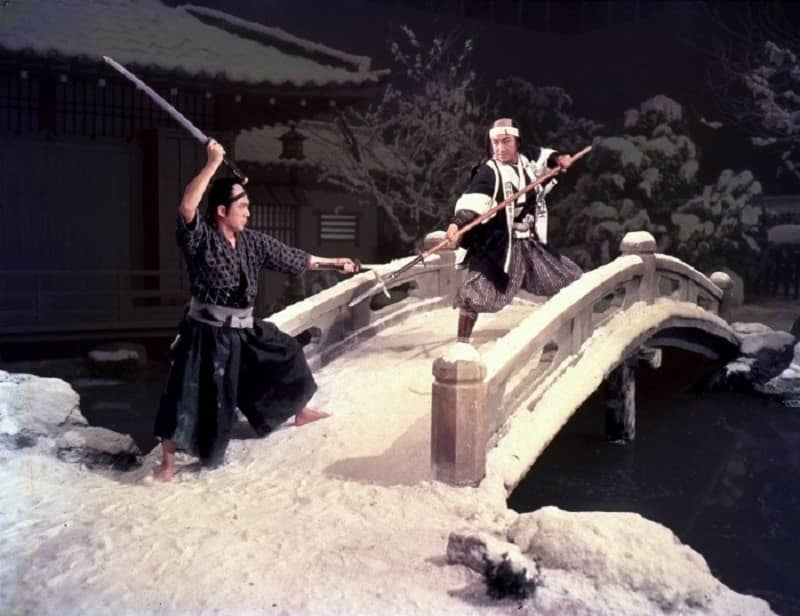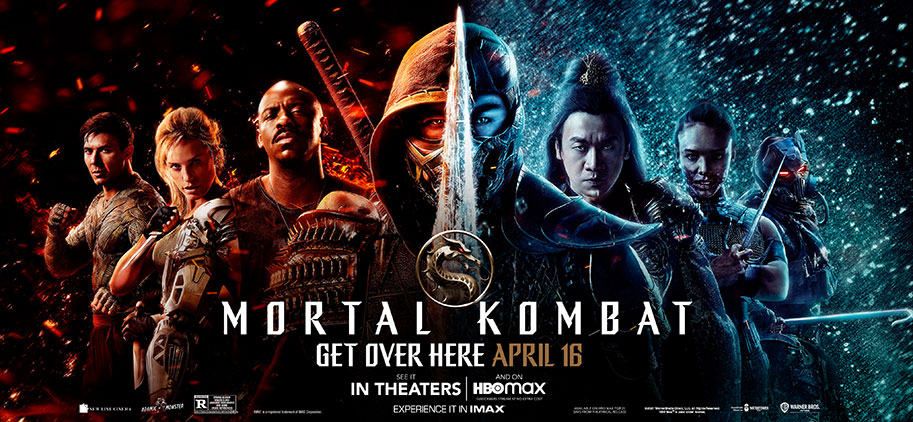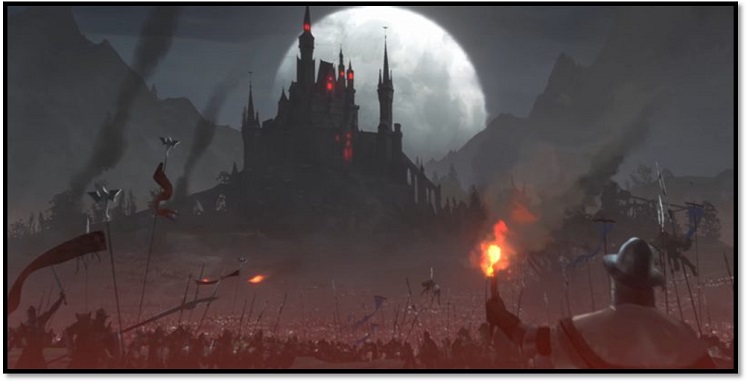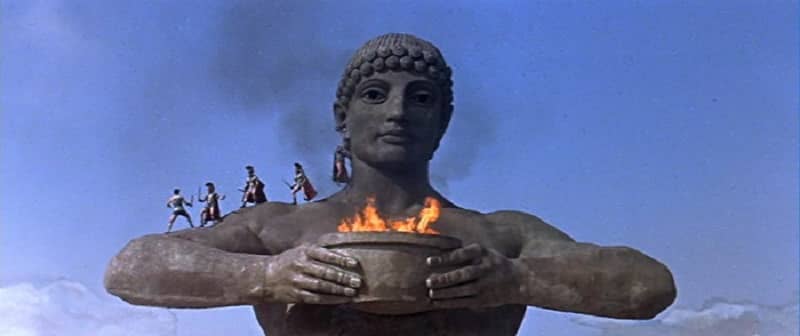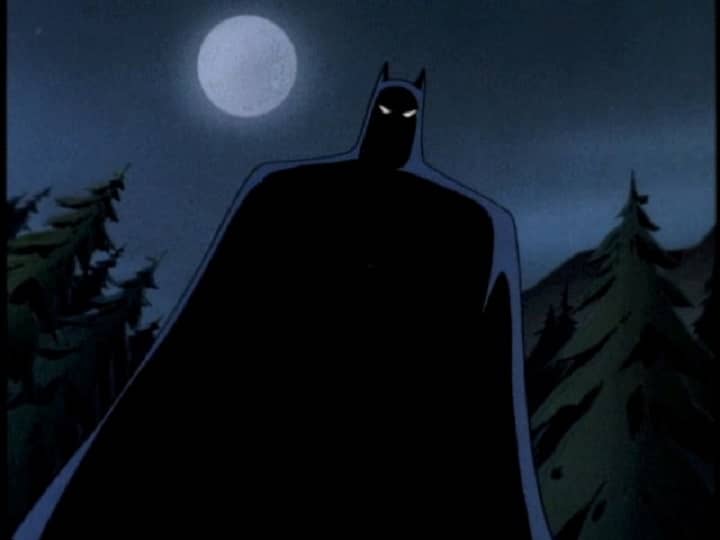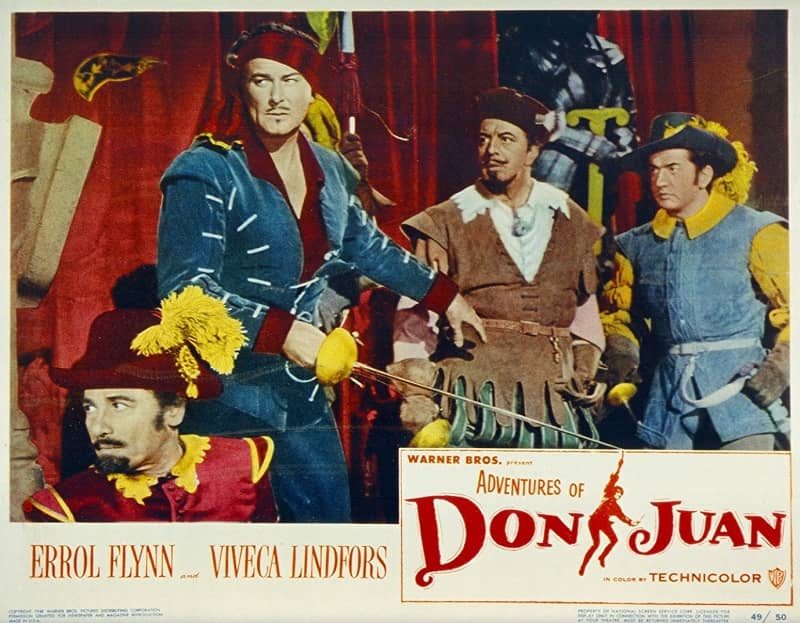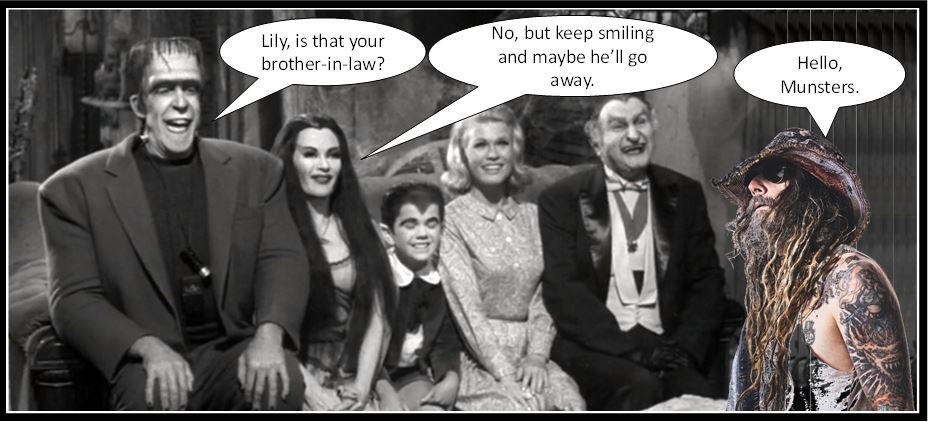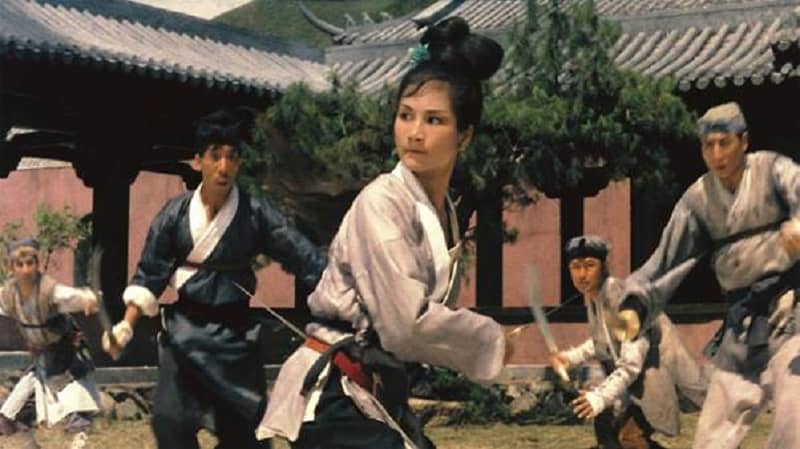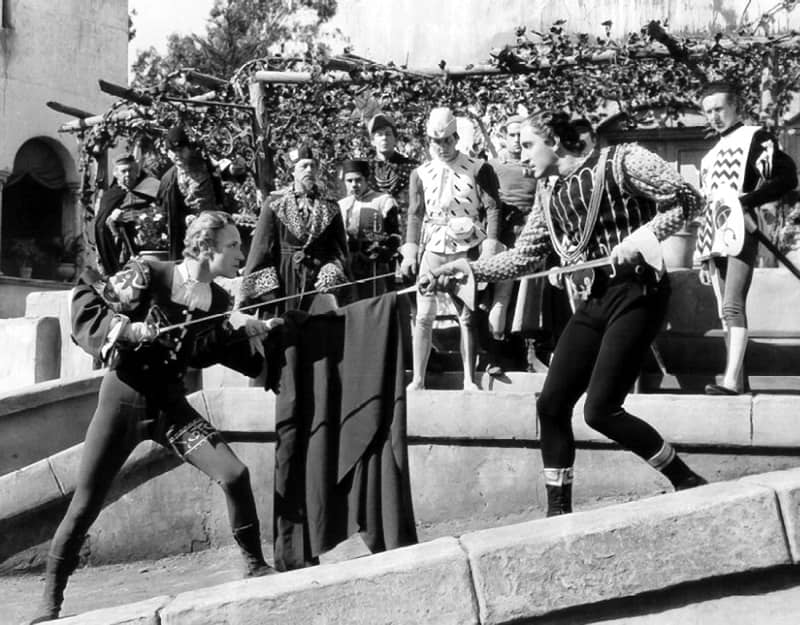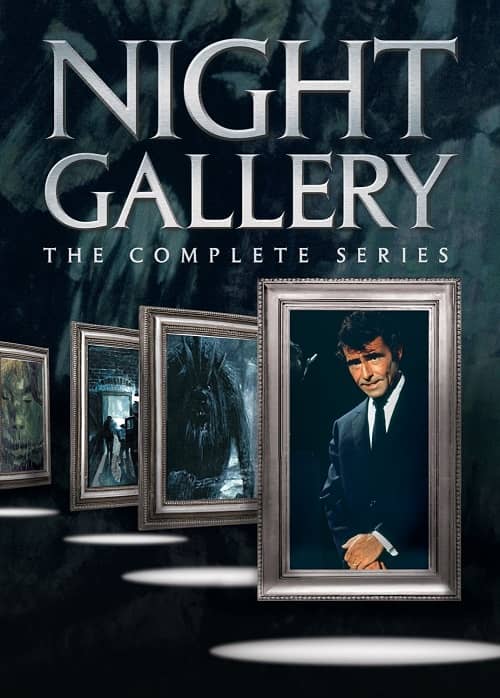Ellsworth’s Cinema of Swords: Rejecting Bushido (Part One)
Chushingura: The Loyal 47 Retainers (or 47 Samurai). Japan, 1962.
After militant nationalism in Japan during the Twenties and Thirties led to the disaster of the Forties, many Japanese blamed the country’s march to war on an excessive reverence for bushido, the samurai’s martial code of honor. Media that glorified Japan’s military history was prohibited during the American occupation, but in the 1950s movies and TV shows featuring heroic samurai began returning to the mainstream. However, a significant segment of Japan’s creative community regarded this as a woeful development, and nonconformists opposed to the innate conservatism of Japanese society began making alternative samurai films that, subtly at first and then openly, accused bushido culture of oppression and cruelty. Let’s take a look at how this played out on the screen starting with two films from 1962: Chushingura, which extols the virtues of samurai honor, and Harakiri, which is a virtual mirror image of the first, examining the same themes through a different lens and reaching diametrically opposite conclusions.
Chushingura: The Loyal 47 Retainers (or 47 Samurai)
Rating: ****
Origin: Japan, 1962
Director: Hiroshi Inagaki
Source: Image DVD
The tale of the 47 ronin is sometimes called Japan’s national epic, as it epitomizes the samurai virtues of courage and loyalty unto death. In Japan it’s been filmed at least six times, with countless other dramatic adaptations, but Inagaki’s sumptuous 1962 movie is probably the best-known retelling to Westerners. The film’s subtitle for its English language release was “The Loyal 47 Retainers,” but in the original Japanese version it’s “Story of Blossoms, Story of Snow.” Not blossoms as of budding flowers, but the fluttering petals whose day is over, and that fall as a harbinger of the death symbolized by the coming of snow.
